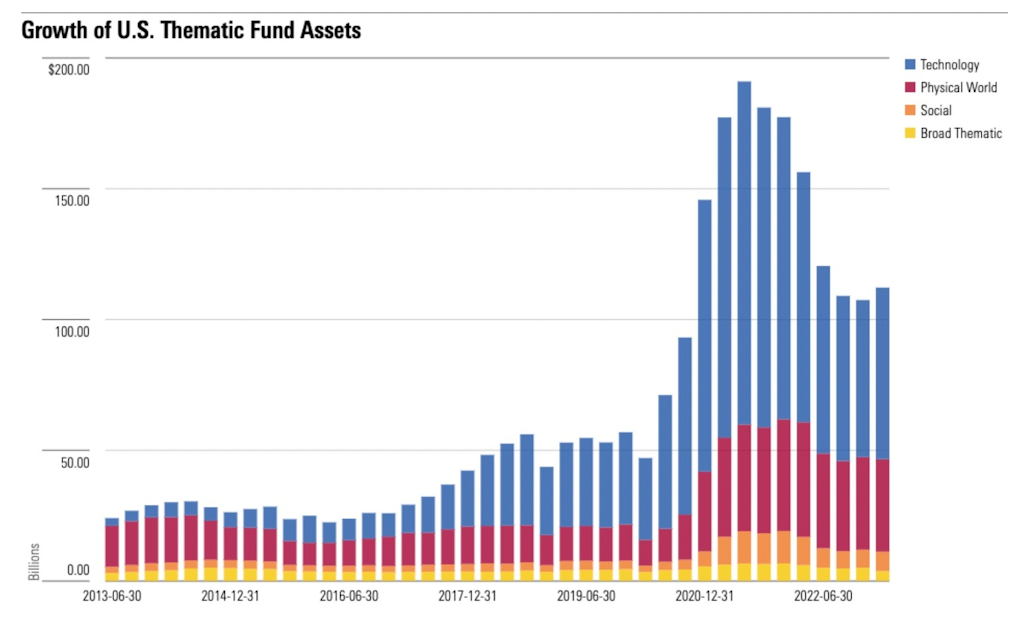Top FinTech Trends in 2023

InsurTech
The pandemic has revolutionized the insurance sector with technology companies partnering with insurers to bring innovations in products and the way they are distributed to customers. By leveraging AI, machine learning, deep learning, artificial neural networks, blockchain and IoT, the insurance industry has moved from detecting and repairing work to predicting and preventing modes. Using data from all sources, including wearables for geographic location and activity tracking, the companies fine-tune the prizes to make them more competitive. Embedded insurance, real-time digital bundling and selling of policies under purchase and bag covers, or bite-sized policies that cover customers’ specific needs for a shorter duration, help insurers reach a wider audience.
InsurTech’s startup platforms are also digitizing claims processes through solutions such as video and mobile options, using intelligent robots, Robot Process Automation and Natural Language Processing. For example, a non-life insurance company has partnered with a technology start-up and rolled out automated car inspections and damage assessments using AI. Customers can take photos or videos of a car for policy renewal and claim assessments, allowing insurance and auto agents to reduce more than 90% of inspection costs and the time required for inspections. With metaverse opportunities emerging, lnsurTech players are now enabling the protection of cyber and digital assets. There are a few insurance companies that offer cyber insurance coverage that protects businesses against cyber risks such as malware, phishing, identity theft, cyberbullying and IT theft, and customers can customize their plans to suit their needs.
Alternative investment platforms
With easier digital onboarding of clients and cost-effective access to investment platforms, new age clients and HNIs are using alternative investment platforms for value creation. The alternative investment solutions ecosystem, which includes data analytics providers, insight providers, B2B software solution providers and online platforms, supports clients in making informed decisions, especially in non-traditional areas such as tokenized real estate, digital gold, startups and non-fungible tokens (NFT -is).
Banks and financial institutions are currently exploring partnership potential with alternative platforms. However, such tie-ups are still in the early stages in India, with most customers in the HNI category. That said, with SEBI updating and revising the regulations for WealthTech platforms, India will become a matured alternative investment market, expected to touch USD 230 billion by 2030 from the current USD 20 billion in assets under management (AUM).
Digital lending
Using tools including robotics, ML and automated data analytics for better credit scores, the digital lending ecosystem that fills India’s credit gap among the low-income group and small businesses is now at a crossroads. Digital lenders have upgraded their technologies with unified dashboards and analytics, and are using various ML-based models to fine-tune their products. Customer acquisition and onboarding processes, including application processing, applicant assessment, screening, service, collection and analysis, are automated end-to-end.
With the launch of government-backed digital public goods such as Account Aggregator(AA), an RBI-regulated entity holding an NBFC-AA license that helps individuals access and share information digitally from one financial institution to another, and Open Credit Enablement Network (OCEN) connecting loan service providers and lenders, the digital lending space will now further help India move towards financial inclusion. AA and OCEN will not only enable the disbursement of loans in smaller amounts, but also contribute to building innovative financial credit products on a large scale. Over the next couple of years, by connecting with existing platforms like Aadhaar and UPI, these platforms will revolutionize the future of digital lending.
With digitization and FinTech paving the way for financial inclusion of the underserved population, financial education will be the next step in the FinTech revolution. This will not only lead to the development of hyper-customized products, but also help customers choose appropriate financial services, which will improve the overall financial health of the population.

























